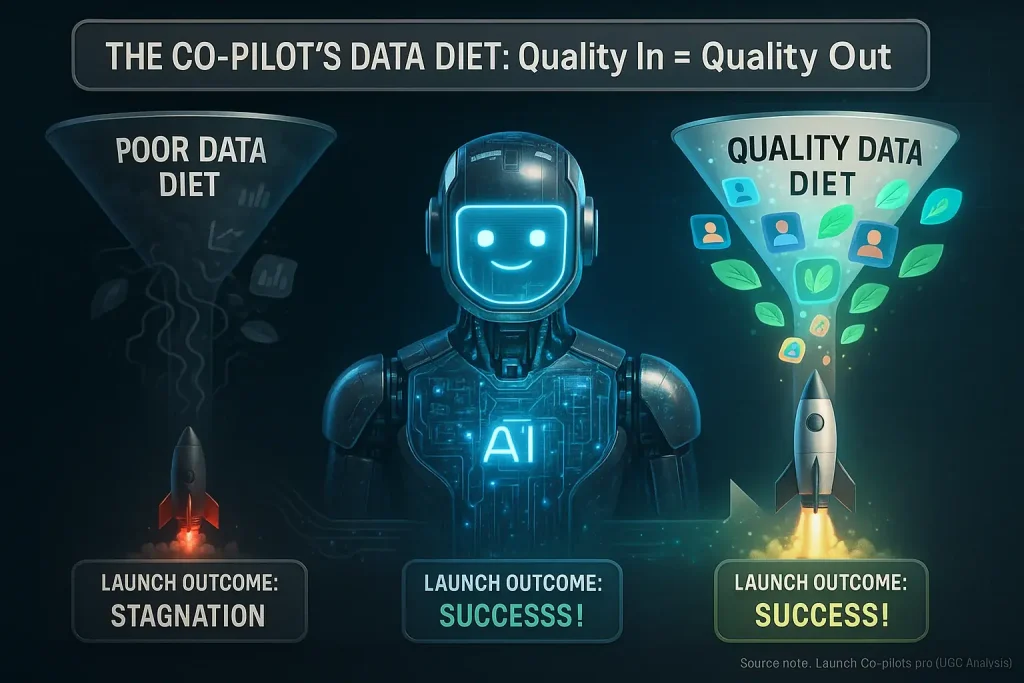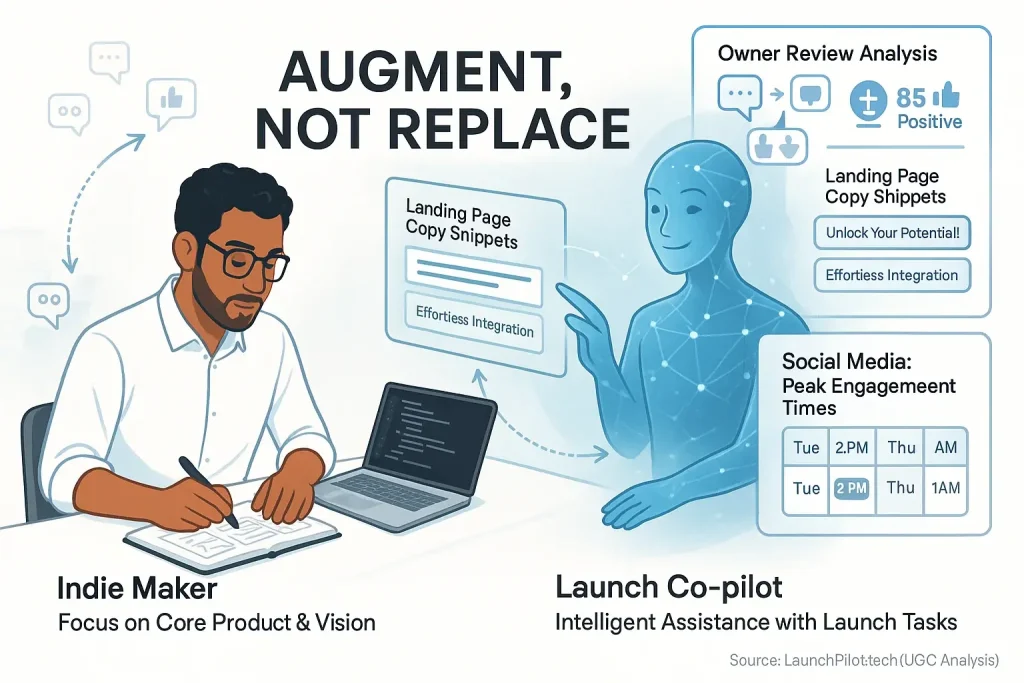Ready for Takeoff? Your Indie Roadmap to AI Co-pilot Implementation Success
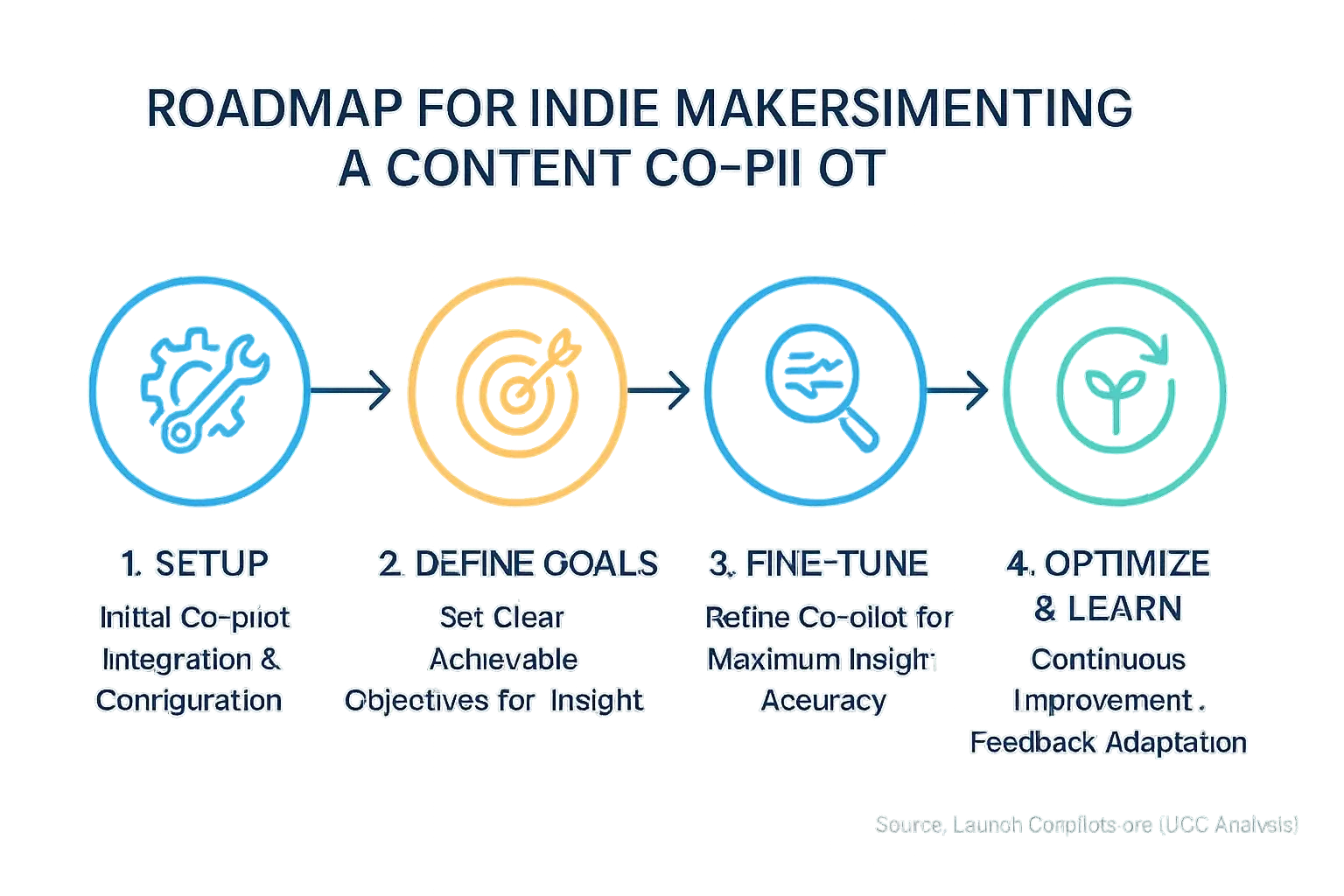
Product launches often feel chaotic. You might be trying many tactics. Adding an analytical feedback Co-pilot without a clear strategy mirrors this chaos. Community insight tools promise efficiency. A haphazard approach, however, frequently creates more problems. Our analysis of indie maker experiences confirms this pattern. Many creators report initial excitement turning into confusion.
A structured roadmap offers your solution. This is not a rigid corporate plan. It is a flexible guide for indie makers. Your analytical feedback Co-pilot needs a clear flight plan. Many indie creators, eager for automation, adopt these tools without strategy. Collective wisdom from the indie launch community shows this path often ends in frustration. Underutilized tools become common. Wasted time is a frequent complaint. A real waste.
This implementation roadmap guides your journey. It covers initial Co-pilot setup. It helps define clear, achievable goals. You will learn to fine-tune your Co-pilot for maximum insight. Continuous learning from feedback is key. These steps distill hard-won lessons from successful indie makers. Synthesized indie maker feedback provides practical shortcuts. You get warnings absent from typical vendor guides.
Your Personalized AI Co-pilot Implementation Planner
Map Your AI Co-pilot Journey
This planner helps visualize your journey. It maps your user feedback co-pilot integration. Think flexibility. This plan is not about rigid rules, a common pitfall highlighted in indie discussions. It acts as your adaptable blueprint. The tool customizes key phases for your unique indie project. Your product and specific launch goals shape this path, a principle consistently echoed by seasoned creators.
Remember this: even the best flight plans can require mid-course adjustments. Launch realities frequently shift. Use your generated plan as a solid starting point. The indie launch community constantly stresses iteration. Learn. Adapt. Refine. Revisit your plan as your co-pilot experience grows, a practice common among successful solo founders. This continuous improvement optimizes your feedback analysis strategy.
Phase 1: Setting Up & Training Your AI Co-pilot (The Crucial First Steps)
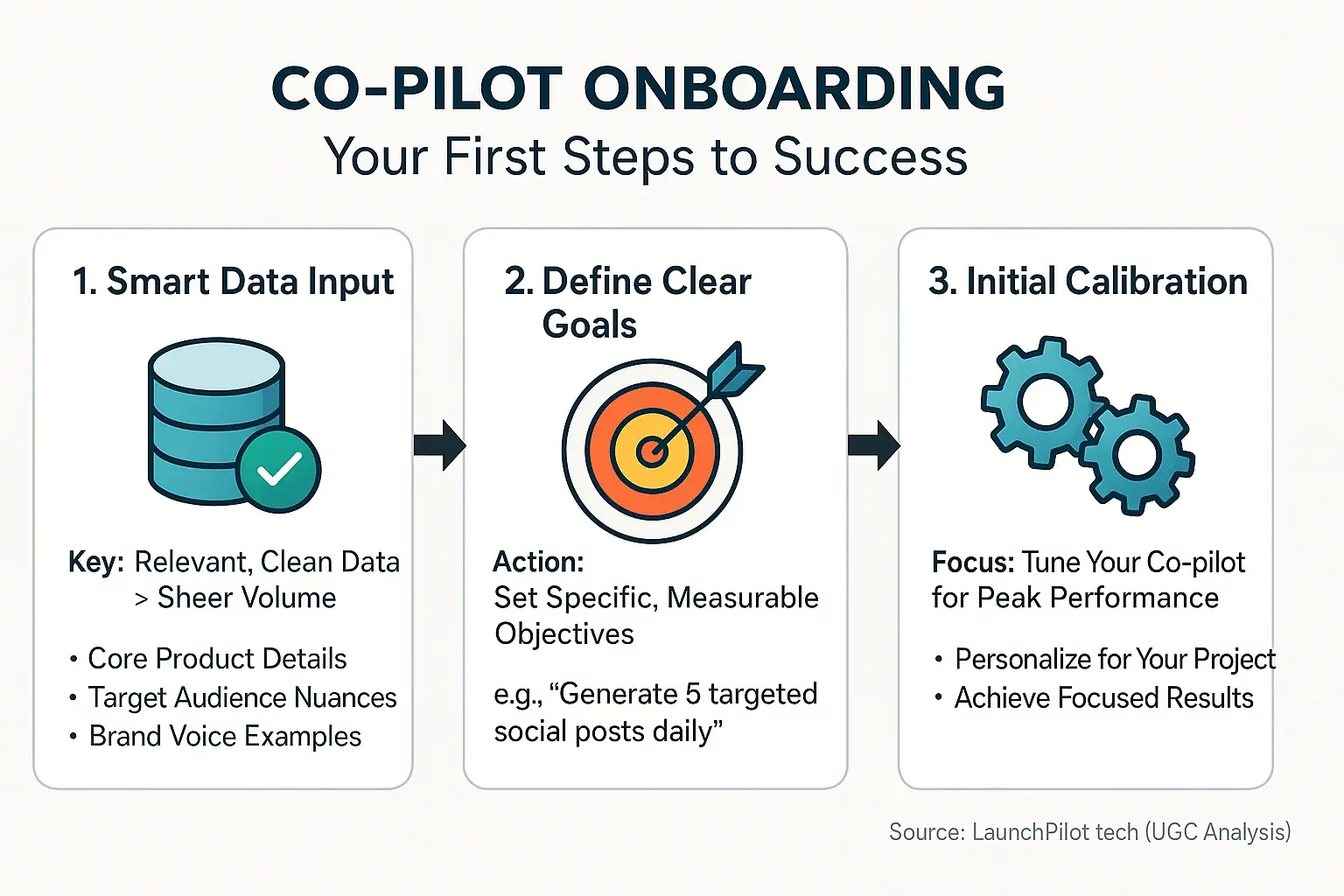
Think of your feedback discussions co-pilot's initial setup as laying the foundation for your entire launch. Skimp here, and you're building on shaky ground. This crucial first phase isn't just about clicking through settings. It involves strategically feeding your system the right information. You are essentially teaching your our process co-pilot from day one.
Many users assume more data is always better. That's a common pitfall we see in user-generated discussions. But our analysis of indie maker experiences shows that relevant, clean data is far more critical than sheer volume. This insight is especially vital for solopreneurs with limited time. What specific data points make a difference? Core product details are fundamental. Nuances about your target audience guide the our system effectively. Examples of your brand voice help it learn your unique style. These inputs truly personalize your co-pilot.
Don't just tell your review analysis tool to 'help with launch.' That directive is too broad. Community-reported successes show the power of specific, measurable goals. For instance, instruct it to 'generate five targeted social media posts daily for audience X.' Or 'draft email sequences aiming for Y conversion rate.' This level of clarity transforms a generic user analysis platform. It becomes your truly personalized co-pilot, tuned to your project's specific needs. Clear goals deliver focused results.
Phase 2: Building Your First Automated Workflows & Integrations (Smart Automation, Not Over-Automation)

This phase puts your launch co-pilot to work. Workflow automation targets your most time-consuming, repetitive tasks. Indie makers consistently report significant time savings here. Our rigorous examination of aggregated user experiences pinpoints content scheduling. Social media posting is another prime candidate. These initial automations deliver immediate, noticeable relief, freeing your focus for creative work.
Your launch co-pilot cannot operate in a vacuum. Integrations are essential. It must connect seamlessly with your existing toolkit. Think your email marketing platform. Consider your no-code website builder. Even your analytics dashboard benefits. What have many indie creators learned the hard way? Start with just one or two critical integrations. This focused approach, a recurring theme in community forums, prevents overwhelm. It also ensures a more reliable data flow from the outset.
Now, a word of caution. The allure of automation is strong. But the danger of over-automation is real. The prevailing myth? Automate every conceivable action. The collective wisdom from the indie launch community paints a different picture. Excessive automation often sacrifices crucial flexibility. It can lead to outputs that feel generic, lacking your unique touch. The goal is strategic automation, not total automation. Find that balance. Let your co-pilot handle the heavy lifting. You maintain crucial oversight. This preserves your authentic brand voice and your ability to adapt quickly. Is that not the indie advantage?
Phase 3: Testing, Optimizing & Learning (The Indie Iterative Loop for AI Success)
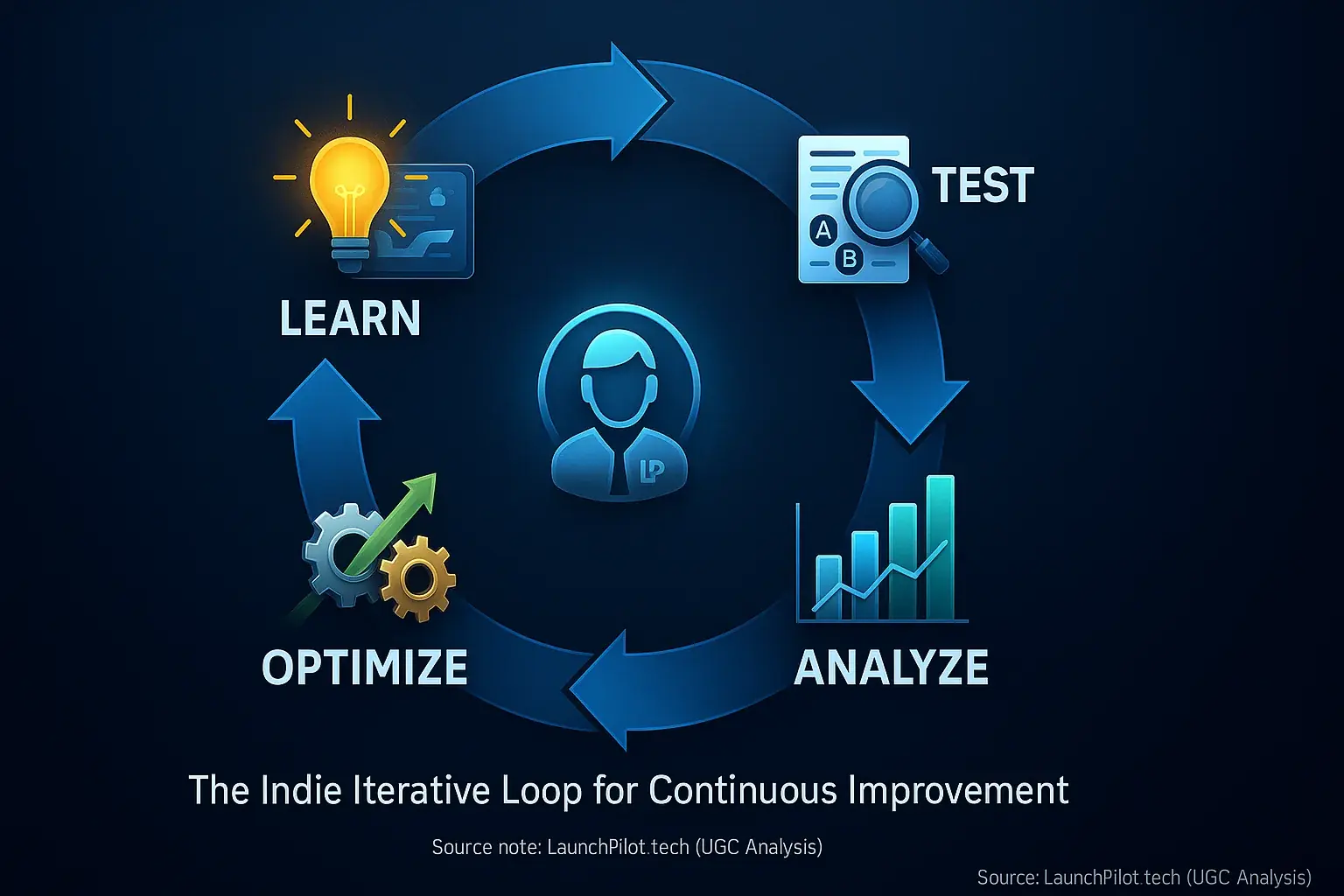
Your user discussions co-pilot is not 'set and forget'. Not at all. Think of it as a learning system. It needs your guidance. This constant refinement ensures peak performance. Our deep analysis of user-generated content highlights this vital truth. Successful indies use an 'Indie Iterative Loop'.
Is your feedback process truly working? It’s about better results. Not just more content. Community-reported data reveals a practical shortcut. Many indie makers find focusing on one key metric offers clearer signals. This approach avoids overwhelming data. Consider 'email open rates' or 'social media engagement' as starting points.
Your user analysis mirrors your input quality. Learn. Adapt. Refine your prompts. Adjust your goals. You can even 're-train' your system with fresh community insights. This human oversight is critical. It unlocks your co-pilot's true power for indie makers. Patterns observed across extensive user discussions confirm this iterative advantage.
Your AI Co-pilot: A Journey, Not a Destination
Your user shows Co-pilot makes implementation an ongoing journey. This is not a fixed destination. Consider this process a continuous flight: each launch refines strategy, every iteration boosts feedback analysis. Synthesized indie maker feedback confirms this perspective. The most successful creators, our analysis of aggregated user experiences reveals, view their consensus team as a long-term strategic partner, with their co-pilot vital to this success.
A thoughtful roadmap delivers clear value. You avoid common pitfalls, a frequent observation in indie maker discussions. You unlock your user shows platform's true potential, transforming it from tool to genuine co-pilot. Continue exploring LaunchPilot.tech. We offer deeper dives into specific consensus discussions tools, practical strategies, and community-sourced unspoken truths.
Related Insight: Your AI Co-pilot's Data Diet: What to Feed It, What to Track, and What to Keep Private (Indie Data Strategy)
Your user team co-pilot needs the right data diet. Synthesized indie maker feedback is unmistakably clear on this point. Feeding it irrelevant information produces weak results. The crucial question many indies ask: what specific inputs make your co-pilot truly effective for launch analysis?
Beyond initial inputs, tracking meaningful metrics becomes essential. This is a pattern observed across extensive user discussions. Then, there is data privacy. Indie creators consistently highlight its critical nature. We are currently examining the optimal input data strategy for your feedback experiences co-pilot: what to feed, what to monitor, and crucially, what data experiences to keep private. More on this soon.
Related Insight: Integrating AI Co-pilots in Small Indie Teams (1-5 People): Defining Roles, Responsibilities & Workflows (UGC Learnings)
Small indie teams adopt analysis co-pilots. A critical question arises from user experiences. How do tiny teams (1-5 people) truly benefit together? Clear roles are vital.
Our synthesis of indie maker feedback shows defined responsibilities prevent overlap. They also boost team output. We're exploring specific, field-tested workflows for integrating these tools effectively within lean operations.
